The EPA’s Clean Power Plan is big news. But what exactly does it mean for the industry that is expected to make it work? Greentech Media’s Julia Pyper sat down with AEE Senior Vice President of Policy and Government Affairs Malcolm Woolf for an episode of Rewired, GTM’s video series, that lays out his top five takeaways from the Clean Power Plan for the advanced energy industry – and all in five minutes.
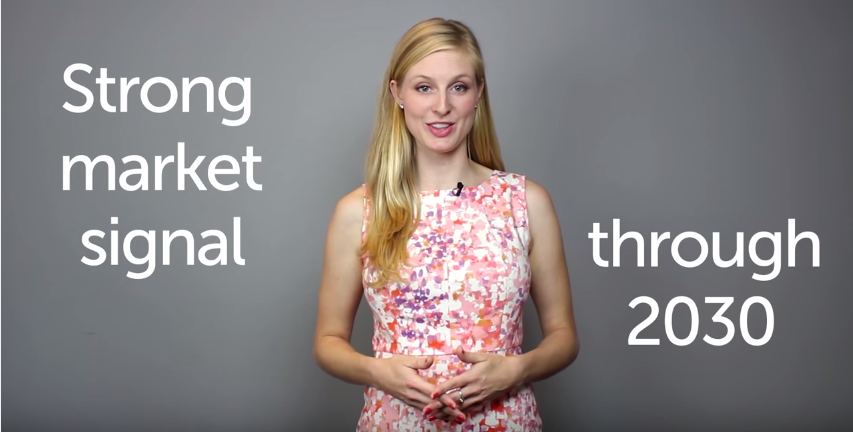
1) Strong Market Signal Through 2030
“The Clean Power Plan definitely helps lock in continued growth for the advanced energy sector,” said Woolf. The advanced energy industry is worth more than $200 billion a year in the U.S. and growing at a rate five times faster than the overall U.S. economy last year. The Clean Power Plan sends a strong market signal that this growth will continue over the coming years.
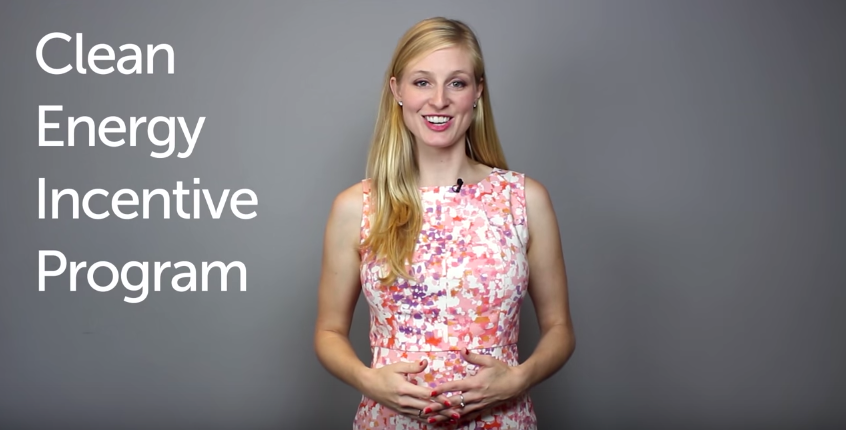
2) Clean Energy Incentive Program
The Clean Power Plan is expected to trigger the retirement of 50 GW of coal generation, but what will replace that capacity won’t be known until states submit plans in 2018, and compliance begins in 2022. Under the Clean Power Plan, states will be rewarded for taking early action on renewable energy and energy efficiency (for low-income communities) but only in 2020 and 2021. The CPP “is a great long-term market signal,” says Woolf, but “it doesn’t do much in the short term. It may actually disrupt markets by encouraging folks to wait a few years” before investing in advanced energy technologies.
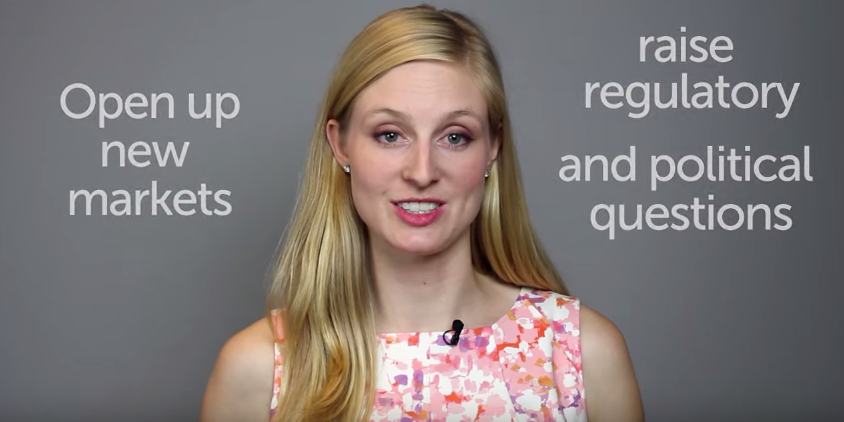
3. CPP Opens Up New Markets, but…
The Clean Power Plan opens up new market opportunities for technologies like efficiency and solar, but these technologies create challenges for utilities, since they reduce electricity sales. Woolf points out that friction between utilities, regulators, and advanced energy companies is unlikely to end anytime soon. It’s a “symptom of the evolving business model,” he says. In the future, utilities will get more and more of their revenues from services provided and less as a result of volumetric sales. “This is an evolution of the system that we’ve got to go through.”
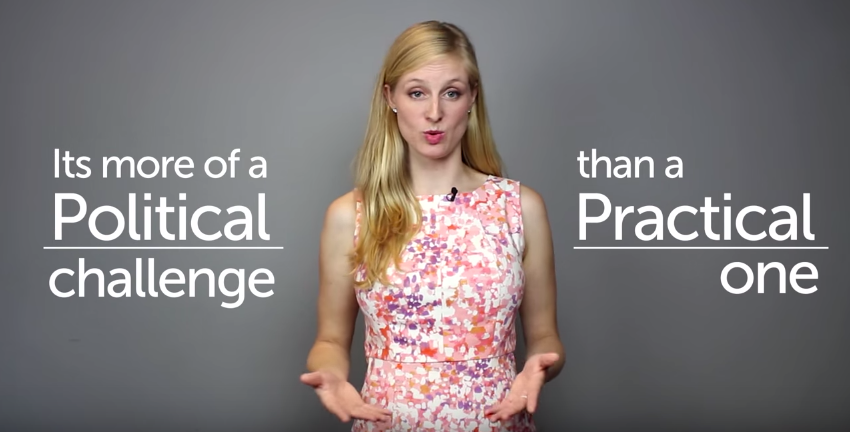
4) State Pushback is More Political than Practical
Several states have already filed a lawsuit challenging the EPA’s authority to enact the regulations required under the Clean Power Plan. But many of those states are actually “in very good shape to comply,” says Woolf. The resistance is more ideological in nature than rooted in practical difficulties, he says.
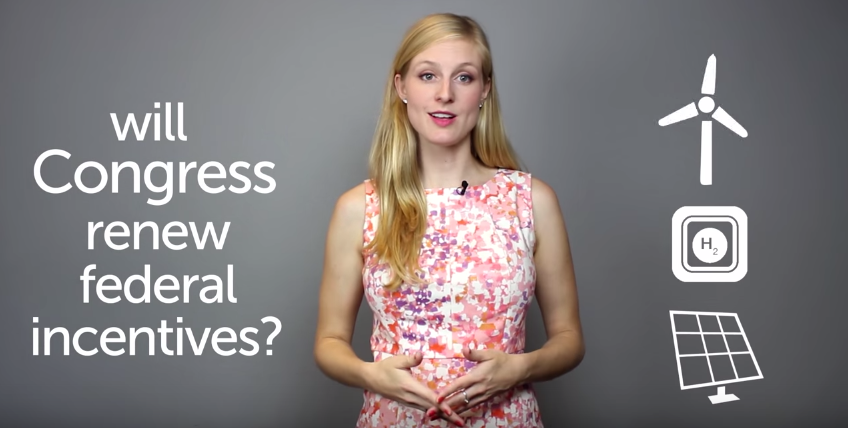
5) Will Congress Renew Federal Incentives for Wind, Fuel Cells, and Solar?
Federal incentives make advanced energy technologies cheaper to buy, which could benefit states that need them to achieve large emission reductions, but some of those incentives have already lapsed, and others are in jeopardy. If the investment tax credit (ITC), which boosts solar installations, expires at the end of 2016, as scheduled, the solar industry could shrink just before it is needed to respond to the Clean Energy Incentive Plan. “I think there’s an argument now that there should be a bridge,” says Woolf, extending the ITC for at least four more years, “so that these technologies don’t fall off a cliff, and then you expect them to be back, ready, in 2020, as an early action compliance mechanism.”